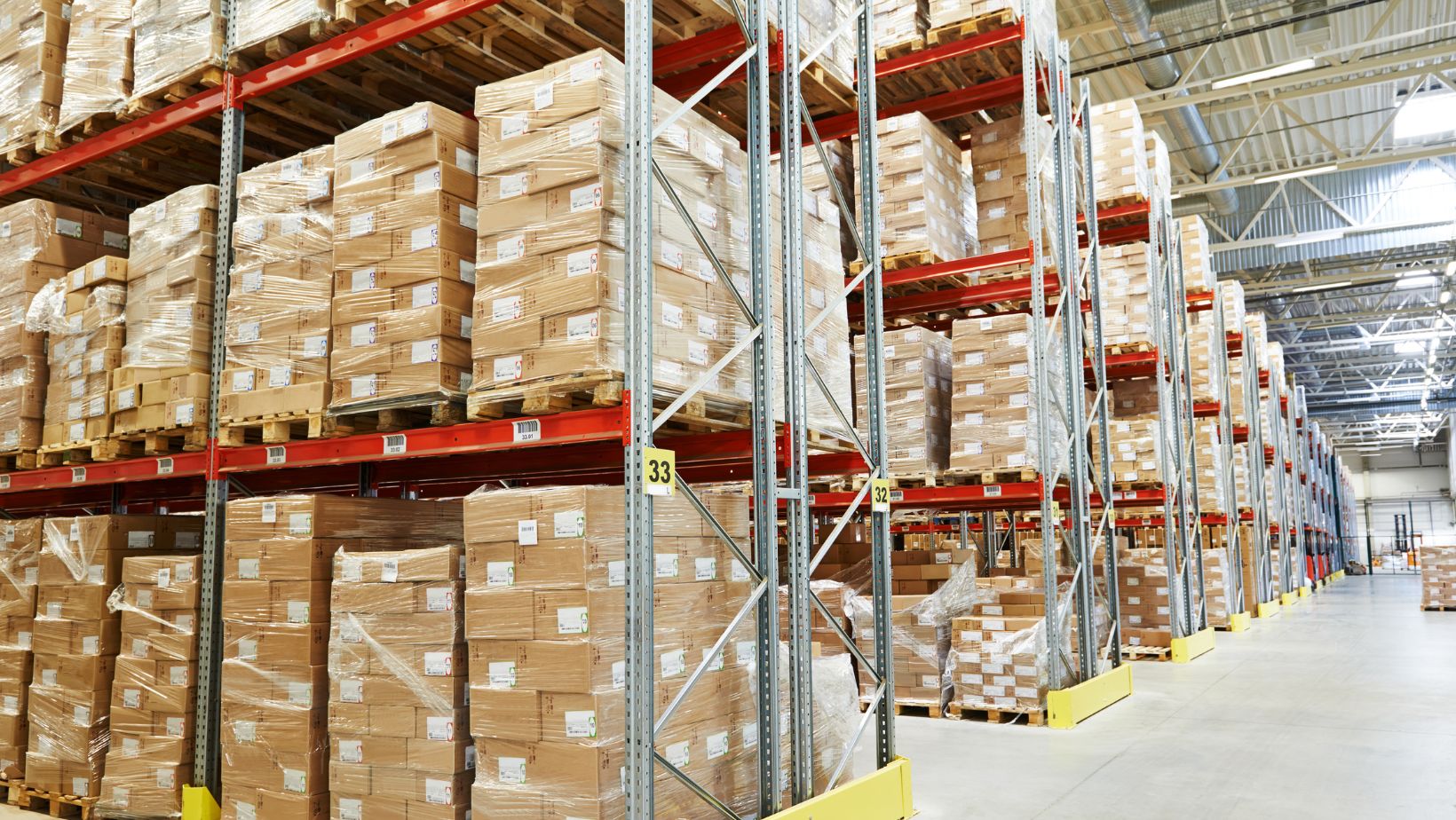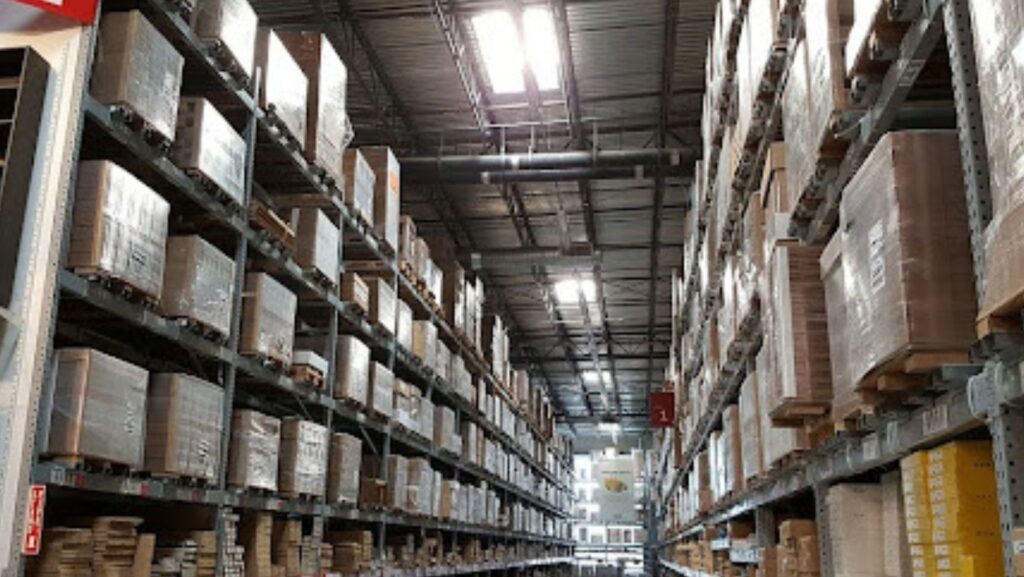Efficiency and productivity are critical to staying competitive in the fast-evolving warehousing world. As businesses strive to meet consumer demand and manage inventory with greater accuracy, traditional manual processes with revolutionizing insight in material handling are quickly being replaced by automation. Automated material handling systems, powered by advanced technology, provide a streamlined, efficient solution that enhances a warehouse’s overall operations. From reducing labor costs to improving accuracy and safety, automation is undoubtedly the future of material handling. Here are reasons why automated material handling is shaping the future of warehousing.
Improved Efficiency and Productivity
A primary advantage of automated material handling is its significant boost in efficiency and productivity. Automation reduces manual labor, allowing repetitive and time-consuming tasks to be completed quickly and accurately. Whether transporting goods across the warehouse or sorting inventory, automation ensures that tasks are performed with minimal human intervention. By implementing automated material handling equipment, businesses can speed up operations, reduce errors, and eliminate bottlenecks. Material handling experts can help ensure the right equipment is selected for specific needs, optimize workflows, and ensure a faster return on investment.
Enhanced Accuracy and Reduced Human Error
Accuracy is necessary in any warehouse, primarily when dealing with significant inventory volumes. Manual processes, however, are prone to human error, which can lead to expensive mistakes such as misplaced products or inaccurate inventory counts. Automated systems, meanwhile, significantly reduce the likelihood of such errors. With automation, tasks like picking, packing, and labeling can be completed precisely, ensuring that each item is correctly handled and accounted for. This improves accuracy and enhances customer satisfaction, as orders are fulfilled more efficiently and with fewer mistakes.
Increased Safety in the Workplace
Warehouses can be hazardous, especially when manual labor involves heavy lifting, operating machinery, or working at heights. Automated material handling systems reduce the risk of workplace injuries by minimizing human involvement in dangerous tasks.

For example, automated guided vehicles (AGVs) can transport heavy loads safely without a forklift driver, reducing the chance of accidents. By automating high-risk tasks, warehouses can create a safer work environment for their employees, leading to lower insurance costs and fewer lost workdays due to injury.
Scalability for Growing Operations
As businesses grow, their warehousing needs often expand as well. Automated material handling systems are designed to scale alongside growing operations, allowing warehouses to handle increasing volumes of goods without significant manual labor. This scalability makes it easier for companies to adapt to changing market demands, seasonal fluctuations, or the addition of new product lines. Automation also allows for flexibility in warehouse layout and design. Whether expanding your storage capacity or introducing new processes, automated systems can be reconfigured or upgraded to meet evolving business needs without costly infrastructure changes.
Another reason automated material handling is the future of warehousing is its seamless integration with warehouse management systems (WMS). A WMS controls and optimizes day-to-day warehouse operations, from tracking inventory to managing orders and shipments. By integrating automated material handling systems with WMS, warehouses can create a fully connected environment where all processes are monitored and managed in real time. This integration provides valuable data insights that can help optimize operations, improve decision-making, and enhance efficiency. For instance, automated systems can track inventory in real time, alerting managers when stock levels are low and streamlining the restocking process.
Cost Savings Over Time
Although the initial investment in automated material handling systems can be substantial, the long-term cost savings are well worth it. Automation reduces labor costs by minimizing the need for a large workforce to perform repetitive tasks. Additionally, automated systems operate more efficiently, leading to lower energy consumption and equipment maintenance costs. Platforms like Business Energy Comparison can help businesses identify the most cost-effective energy plans to support their automation infrastructure, further enhancing overall savings. Moreover, by reducing human error and improving accuracy, businesses can avoid the costs associated with incorrect shipments, damaged goods, and inventory discrepancies. Over time, automated systems’ increased productivity and efficiency lead to a faster return on investment, making them a cost-effective solution for warehousing operations.
Environmental Benefits and Sustainability
Automation also contributes to more sustainable warehouse operations. Many automated material handling systems are designed to reduce energy consumption through energy-efficient motors, optimized routing, and better use of space. Computerized systems can also reduce waste by ensuring that products are handled carefully, minimizing damage and the need for repackaging. Additionally, automation can lead to a more organized warehouse layout, which improves efficiency and reduces the facility’s overall footprint. By adopting automated solutions, businesses can contribute to environmental sustainability while enjoying energy efficiency’s cost-saving benefits.

As the warehousing industry continues to evolve, automated material handling is essential to improving efficiency, safety, and scalability. By investing in computerized systems and integrating them with existing warehouse management tools, businesses can stay competitive in an increasingly fast-paced market. The future of warehousing lies in automation, where accuracy, cost savings, and sustainability are key drivers of success.


